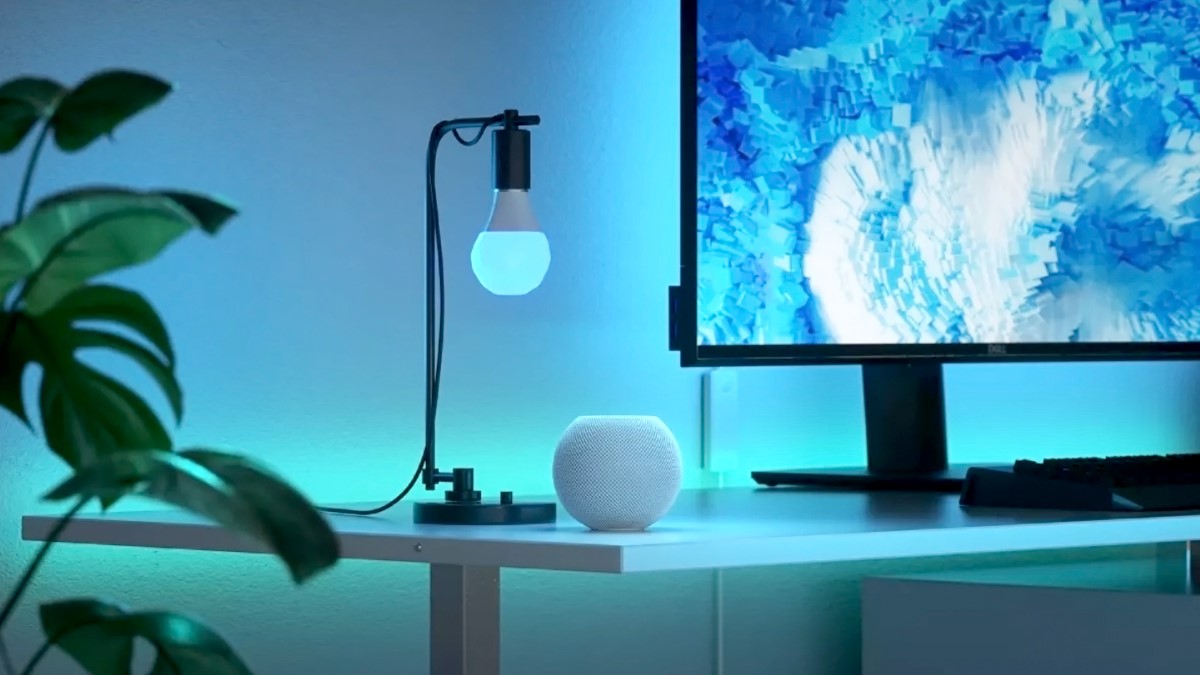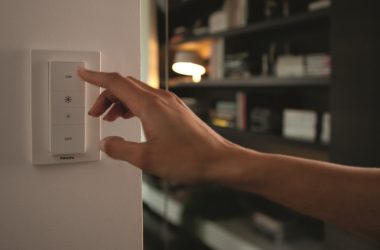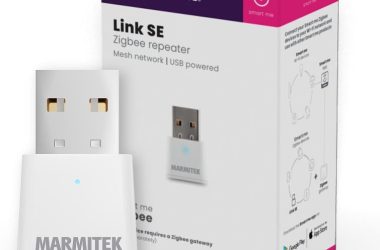Key Takeaways:
- Smart lights from brands like Nanoleaf, Sengled, Philips Hue, LIFX, WYZE, and TP-Link are compatible with Thread and Matter.
- Thread, a low-power mesh networking protocol, ensures secure and fast communication between smart devices.
- Matter allows smart devices from different manufacturers to work together seamlessly.
- The combination of Thread and Matter technologies provides a more cohesive, efficient, and user-friendly environment for smart devices.
As the smart home landscape evolves, Thread and Matter (CHIP) are emerging as pivotal technologies, ensuring seamless connectivity and interoperability. Understanding which smart lights are compatible with these protocols is crucial for anyone looking to create a cohesive and future-proof smart home environment. So, here’s everything you need to know about Thread and Matter light bulb.
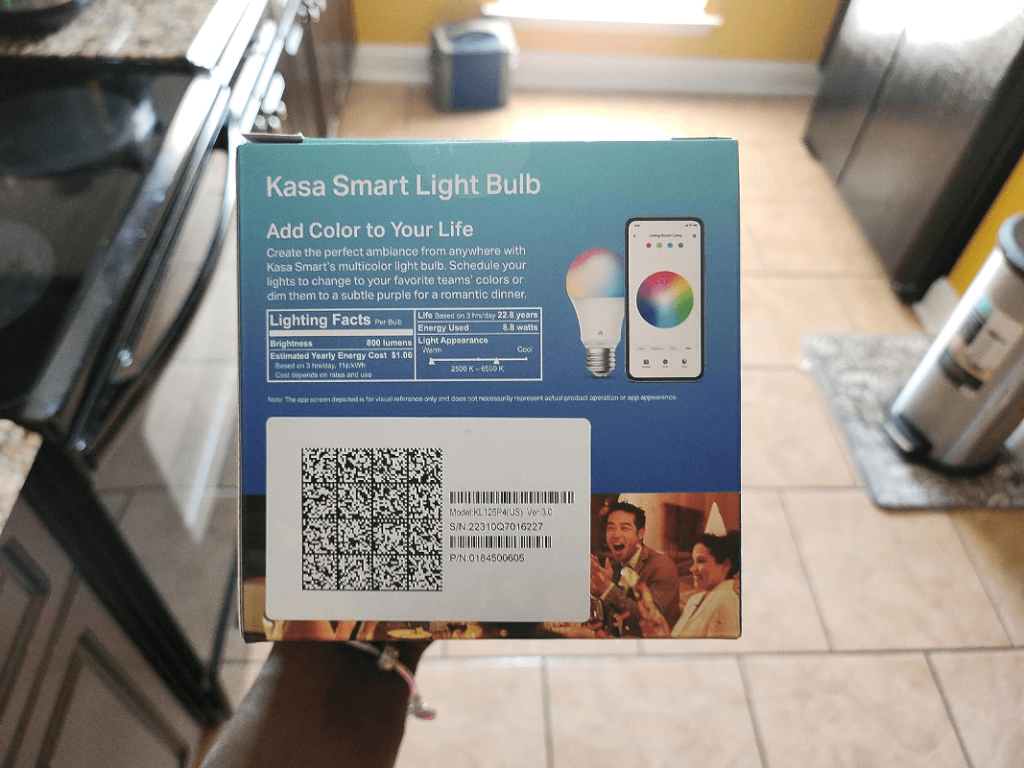
Can Smart Lights Connect to Thread and Matter (CHIP)?
Yes, several smart lights connect to Thread and Matter (CHIP). Brands like Nanoleaf and Sengled offer Thread-compatible lights, while Nanoleaf, Philips Hue, and future devices from LIFX, WYZE, and TP-Link support the Matter standard, ensuring interoperability and enhanced performance.
Thread-Compatible Light Bulbs
Thread is a cutting-edge mesh networking protocol, designed to improve the speed and reliability of smart devices. Here’s a closer look at brands leading the charge with Thread-compatible smart lights:
1. Nanoleaf
Nanoleaf’s Essentials Matter Smart Bulbs stand out for their responsiveness and vibrant colors, supporting both Thread and Matter. These bulbs use a mesh network for faster, more stable connections, offering tunable whites and over 16 million colors.
2. Sengled
Sengled is known for its wide range of smart lighting options. While specific Thread-compatible models are less detailed, the brand’s innovative approach suggests Thread-enabled lights are either available or on the way.
Matter-Compatible Light Bulbs
Matter, formerly known as Project CHIP (Connected Home over IP), is a unified connectivity protocol that aims to increase compatibility among smart home products and improve connection stability.
As Matter gains traction, numerous smart light manufacturers are ensuring their products are compatible. Here’s a look at some of the smart lights that are leading the way in Matter compatibility:
1🌈. Nanoleaf
Nanoleaf’s commitment to innovation is also evident in its adoption of the Matter standard. The company has launched several Matter-compatible smart lights, ensuring that users can enjoy a seamless smart home experience across different ecosystems.
Nanoleaf’s products are known for their compatibility with major platforms like Apple Home, Amazon Alexa, and Google Home, thanks to Matter’s interoperability (source).
2.💡 Philips Hue
Philips Hue has been a pioneer in smart lighting, and its commitment to Matter further solidifies its position. The company has ensured that all its existing and new smart lights and accessories will be compatible with Matter through a software update to the Philips Hue Bridge.
This move makes Philips Hue one of the most versatile and user-friendly smart lighting solutions in the market (source).
3.🚀 Future Devices of LIFX, WYZE, and TP-Link
LIFX, WYZE, and TP-Link are recognized names in the smart home industry. While specific details about their Matter-compatible products are not extensively documented, these companies are known for their forward-thinking approach and are likely to embrace Matter to ensure their devices remain competitive and compatible with the evolving smart home ecosystem

What Is Thread Networking Technology?
Thread is a modern technology designed to make smart homes smarter and more reliable. It’s a type of network that connects smart devices like lights, locks, and thermostats in your home. Here’s what makes Thread special:
1. Mesh Network:
Thread creates a highly efficient mesh network with the following features:
⚡ Reliable and Fast: Unlike a game of telephone, Thread’s system ensures quick and accurate message delivery.
🔗 Device-to-Device Communication: Each device communicates with its nearest neighbor, ensuring strong connections.
📤 Message Relaying: Messages hop from one device to another until they reach their destination, enabling robust connectivity.
🏠 Full-Home Coverage: The mesh setup covers your entire home without requiring every device to be near the Wi-Fi router.
2. Low-Power and Low-Latency:
🔋 Low Power Consumption: Thread is designed to conserve energy, ensuring that battery-powered devices last longer.
⚡ Low Latency: Communication between devices is incredibly fast, making it ideal for quick responses, like turning on lights instantly after pressing a button.
3. Doesn’t Rely on Wi-Fi or Internet:
🌐 Independent Network: Thread operates without relying on your home Wi-Fi or internet, creating a dedicated network exclusively for your smart devices.
🔗 Continuous Connectivity: Even if your internet goes down, your smart devices can still communicate seamlessly with each other.
4. Secure and Reliable:
🔒 Advanced Security: Thread networks use encryption and robust security features to ensure that only you can access and control your devices.
🔄 Reliable Mesh Network: If one device fails, the mesh network automatically reroutes messages through other devices, maintaining seamless communication.
5. Easy Setup and Compatibility:
🤝 Easy Expansion: Adding new devices is simple, and the network adapts seamlessly as it grows, making it suitable for homes of any size.
🌐 Interoperability: Thread is designed to work with other smart home standards like Matter (formerly CHIP), enabling devices from different brands to communicate and work together effortlessly.

What Is Matter (CHIP)?
Matter is a global smart home standard ensuring seamless interoperability among devices from different brands. It is built on reliable technologies and Thread, focusing on simplifying and securing smart home ecosystems through a universal communication language.
Matter, previously known as Project CHIP (Connected Home over IP), is a fresh and innovative approach to smart home technology. It’s a global standard that’s all about making smart home devices work better together. Here’s what makes Matter stand out:
1. Universal Language for Smart Devices:
Think of Matter as a common language that allows smart devices from different brands to understand each other and work together seamlessly. Whether it’s lights, locks, thermostats, or any other smart device, if it’s Matter-enabled, it can communicate and cooperate with other Matter devices, regardless of the manufacturer.
2. Built on Proven Technologies:
Matter isn’t starting from scratch. It’s built on reliable, well-established technologies and is designed to be secure and dependable. This means you can trust that your smart home is not just smart, but it is also safe.
3. Simplifies the Smart Home:
Before Matter, setting up a smart home could be complicated. You had to make sure that each device was compatible with your system. Matter simplifies this by ensuring that any Matter-certified device can work with any smart home ecosystem. This means less hassle for you and a more harmonious smart home.
4. Open Source and Collaborative:
Matter is an open-source standard. This means that its development is a team effort, with input from companies, developers, and users all over the world. This collaborative approach helps ensure that Matter meets the needs of a wide range of people and can quickly adapt to new technologies and trends.
5. Relies on Thread Technology:
Underneath Matter is Thread, a technology that helps devices communicate directly with each other in a mesh network. This means that even if one device fails, the others can still communicate, making your smart home more reliable.
6. Focus on Interoperability:
The main goal of Matter is interoperability. This means that it’s not just about individual devices working well, but about creating a whole ecosystem where every device works well with all the others. It’s about making sure that your smart home is more than just a collection of gadgets, but a coordinated, cohesive system.
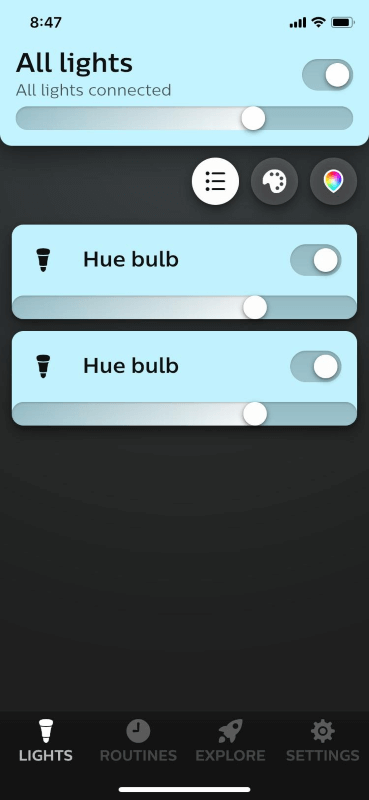
Benefits of Using Thread For Your Smart Lights
Here’s a detailed look at the key benefits:
1.⚡ Faster Connection
Thread significantly enhances the responsiveness of smart lighting systems. It establishes a direct, low-latency communication path between devices, ensuring that commands are executed almost instantly. The mesh network structure of Thread allows data to travel efficiently by hopping from one device to another, minimizing delays.
This rapid communication is particularly beneficial for smart lighting systems, where immediate response to user commands or sensor signals is crucial. The speed and reliability of Thread ensure that your smart lights react in real time, providing a seamless and intuitive user experience.
2.🔋 Lower Power Consumption
Thread is designed with energy efficiency in mind, making it an ideal choice for smart lighting systems, especially those that operate on batteries. The protocol significantly extends the battery life of devices by minimizing their active communication time.
This means that your smart lights will require less power to operate, leading to longer battery life and fewer battery replacements or recharges. The energy-efficient nature of Thread not only makes it eco-friendly but also cost-effective in the long run, as it helps reduce the overall energy consumption of your smart home
3.🛠️ No Need for Separate Hub
Thread simplifies the setup and maintenance of smart lighting systems by eliminating the need for a separate hub or bridge. Each Thread-enabled device can act as a part of the mesh network, allowing them to communicate directly with each other. This not only streamlines the installation process but also reduces the overall cost and complexity of the system.
Without the need for a central hub, there’s no single point of failure, enhancing the reliability of your smart lighting. The direct device-to-device communication facilitated by Thread ensures a more robust and efficient network, making the management of your smart lights more straightforward and hassle-free.

Advantages of Using a Matter Connection
Here’s a closer look at its biggest advantage:
It Works With Multiple Devices
- Matter is designed to be a universal standard, meaning it allows devices from a wide range of manufacturers to work together seamlessly. This interoperability is a game-changer for smart home setups.
- Whether you have devices from Amazon, Google, Apple, or any other manufacturer, Matter ensures they can communicate and cooperate efficiently. This eliminates the hassle of dealing with different protocols or standards for each device, simplifying the user experience significantly.
- The cross-manufacturer compatibility of Matter not only enhances the functionality of individual devices but also ensures that your smart home ecosystem is cohesive and can be controlled effortlessly, regardless of the brand or platform you prefer
Thread & Matter Light Bulb: The Future of Smart Lights
My vast experience with smart light bulbs says that Thread and Matter (CHIP) emerge as transformative forces. These technologies are not just enhancing the functionality of smart lights but are also setting new standards for the future of smart homes. To sum up:
- Thread offers a reliable, secure, and energy-efficient alternative to traditional smart home connectivity options.
- Matter’s universal standard ensures seamless interoperability among various smart home devices, regardless of the manufacturer.






